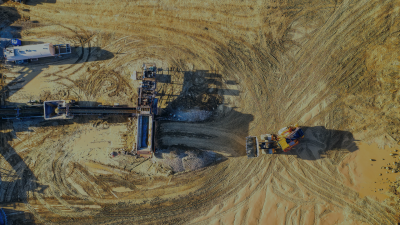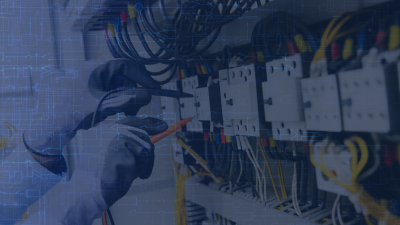Hydrogen is emerging as a versatile, long-duration energy storage solution and a clean fuel with the potential to play a key role in Australia’s net-zero energy future. While it is not yet a mainstream storage option on the grid, pilot projects and early commercial hubs are demonstrating how hydrogen could complement batteries and pumped hydro, support seasonal balancing, and enable industrial and export applications. Its ability to store energy over weeks or months sets it apart from conventional short-term storage solutions, positioning hydrogen as a strategic component of the energy transition.
How Hydrogen Supports the Grid
Hydrogen storage differs from conventional battery systems in both duration and application. Produced through electrolysis, hydrogen is generated by splitting water into hydrogen and oxygen using electricity—ideally sourced from renewable sources. This form is known as green hydrogen.
Hydrogen’s flexibility makes it valuable for multiple roles in the energy system:
- Reconverted into electricity using fuel cells or combustion
- Used directly in industrial processes (e.g. steel, fertiliser)
- Applied in heavy transport such as shipping and long-haul trucking
- Exported as ammonia or liquefied hydrogen
Unlike batteries, which typically store energy for hours or days, hydrogen has the potential for seasonal or multi-week storage, helping to smooth long-term mismatches between supply and demand.
National Hydrogen Strategy and Emerging Hubs
The National Hydrogen Strategy (2024 update) has positioned hydrogen as a foundational technology in Australia’s net-zero plans. According to the Department of Climate Change, Energy, the Environment and Water, major hydrogen production and export hubs are being developed across:
- Gladstone (Queensland)
- The Pilbara (Western Australia)
- Eyre Peninsula (South Australia)
These locations have been selected based on access to renewable energy, port infrastructure, and industrial integration potential.
Key Challenges to Realising Hydrogen’s Promise
Despite its promise, hydrogen faces significant headwinds:
1. Cost Competitiveness
Green hydrogen currently remains 2–3 times more expensive than hydrogen produced from fossil fuels (grey or blue) (CSIRO, GenCost 2023–24 report, National Hydrogen Strategy 2024). Reductions in electrolyser costs and lower renewable electricity prices are essential to narrowing this gap.
2. Low Round-Trip Efficiency
Hydrogen storage systems are less efficient than lithium-ion batteries for short-term or high-frequency cycling, but their ability to provide long-duration and seasonal storage makes them valuable for balancing renewable generation over weeks or months (CSIRO GenCost 2023–24; CSIRO Underground Hydrogen Storage Project).
3. Infrastructure Requirements
Developing a robust hydrogen economy will require:
- Scalable, cost-effective electrolysers
- Storage and transport infrastructure for compressed, liquefied, or chemically bound hydrogen (e.g. ammonia)
- Clear safety and regulatory standards for production, handling, and usage
Agencies like ARENA and the Clean Energy Finance Corporation (CEFC) are co-investing in demonstration projects to validate real-world performance and help de-risk early market deployment.
Grid Role: Future-Focused but Not Yet Grid-Ready
Hydrogen is not yet a mainstream grid storage solution. Today, it plays a supporting role in early trials and export readiness, rather than providing routine dispatch or backup for the grid. However, its long-term potential includes:
- Balancing seasonal variability in renewable generation
- Stabilising export-linked generation projects, especially in remote areas
- Complementing battery and pumped hydro systems in a diversified storage portfolio
With sustained investment and innovation, hydrogen could provide the deep, long duration reserves needed to underpin a fully decarbonised, reliable electricity system.
Conclusion
Hydrogen isn’t today’s primary energy storage solution—but it could be tomorrow’s most strategic one. As costs fall and infrastructure scales, it could become the missing link in Australia’s long-duration storage equation, helping to bridge the gaps left by solar, wind, and short-term batteries. Its flexibility across electricity, industry, and export markets makesit a high-stakes enabler in Australia’s clean energy transition.
Key References
- National Hydrogen Strategy 2024 – Department of Climate Change, Energy, the Environment and Water
- GenCost 2023–24 Report – CSIRO and AEMO
- ARENA and CEFC Demonstration Project Reports
- IEA, Global Hydrogen Review 2024
- CSIRO Underground Hydrogen Storage Project



